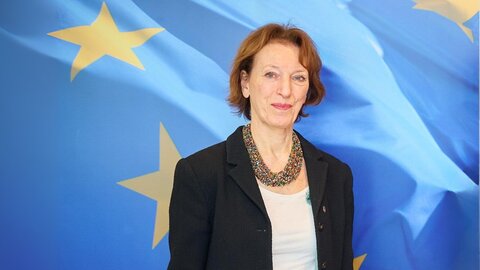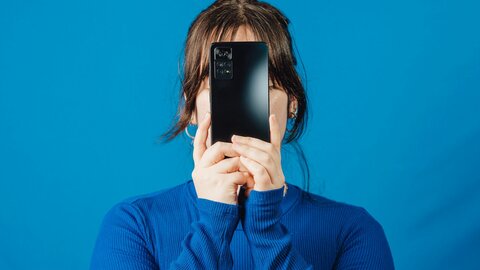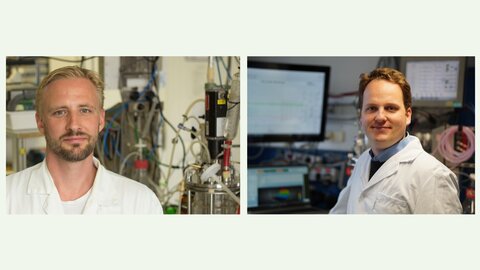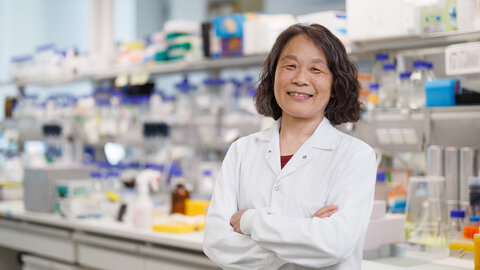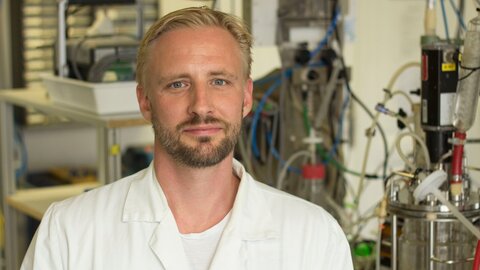“An incredibly exciting moment for quantum science”
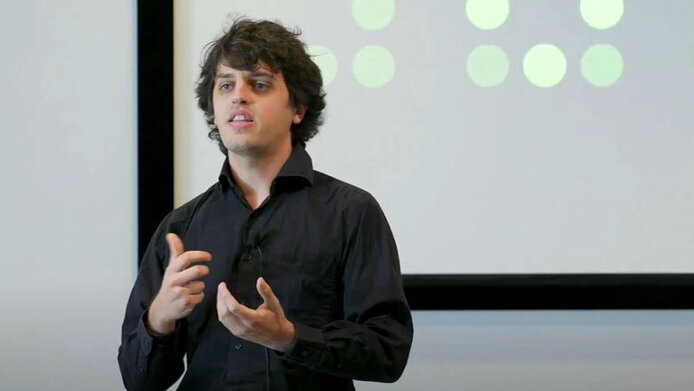
Your project involves the development of quantum computers for specific classes of problems. What is the underlying idea?
Julian Leonard: Research is currently very close to a point where quantum systems can be used to answer questions that could not be solved with a normal computer. So far, most of these quantum systems have been so small that you could actually calculate beforehand exactly what the outcome would be. But now, however, we are able to control quantum systems better and better, which is why in the coming years we hope to be able to solve meaningful problems with quantum computers. One class of problems that suggests itself are optimisation problems, such as the distribution of electrons in new molecules. This is a very complex affair even for molecules consisting of just a few atoms. It is hoped that quantum computers will soon be able to find answers to these problems, which would have a huge social impact. We are very close to industrial application here. This is an incredibly exciting moment for quantum science.
Recently, there have been reports of the first quantum computers ready for industrial application.
Leonard: We already have the first quantum computers conquering areas where conventional computers fail. So far, however, this has only been successful with “artificial” problems without significant application potential. We are trying to go in the opposite direction: we want to create a quantum computer that can solve application-oriented problems such as optimisation problems.
What is your approach to that?
Leonard: The idea is to build a quantum computer in such a way that it is tailor-made to solve optimisation problems, i.e. particularly the calculation of the electronic properties of molecules or combinatorial problems. To this end, we have to achieve connections between different parts of the platform. One such platform of a quantum computer consists of individual building blocks, the quantum bits. There are various ways to connect these “qubits” to each other. Most existing quantum computers can only connect neighbouring qubits. This is what makes it so difficult to build quantum computers that have more than a few qubits, because it becomes increasingly difficult to send information to qubits that are at a great distance from one another.
How do you solve the problem?
Leonard: The idea in my project is to handle the communication with light. Light is an elegant solution because it has no problem traveling longer distances and I can make it travel wherever I want. So I can create connections across the whole platform.
Why is that such an advantage?
Leonard: You can think of it being like group work in a school class. If the children are only allowed to communicate with their neighbours in whispers, the communication from one end of the class to the other becomes inaccurate because they are basically playing “Chinese whispers”. If you give all the children mobile phones, however, there is a much higher level of interconnection and communication is much more efficient.
What preliminary work was required for the project?
Leonard: I did my PhD in Zurich, where I worked a great deal on atom-light interaction. The question was how to use light to make connections between atoms that are far away from each other. But we didn't have the extent of control over the individual atoms that you need for quantum computing. Currently I'm a postdoc at Harvard, and my work here complements my previous work. I'm looking at local interactions between neighbouring quantum bits, but these qubits can be controlled extremely well. If you put these two things together, you can use light to get individual atoms to interact with each other over long distances in a very controlled way.
What will the first step be?
Leonard: The first step is to build this platform. That requires some preliminary work. These experiments are conducted in an ultra-high vacuum and we have to build the laser systems we need to manipulate the atoms. The project is designed to run for six years, and we are very optimistic that we will be able to solve optimisation problems with it a few years from now.
How many quantum bits would the platform have to have for it to be more powerful than conventional computers?
Leonard: For some problems, the required quantity is around 50 qubits, for others a little higher. It would be fantastic if we managed to take this big step in the context of the START project.
Speaking of the START project, how relevant is winning the START Award for your research?
Leonard: It's fantastic to have the resources and infrastructure to address this project. I will be able to set up a research group at TU Wien. There are usually four to five people working on this kind of quantum experiment, and this teamwork in a small group is also super-exciting from an interpersonal point of view. Some people are currently talking about a quantum revolution – and it does actually feel a bit as if that is true. 100 years ago, when the laws were discovered, it was something completely new, and now we're at the point where we can do things that are actually useful.
Julian Leonard is a physicist currently conducting research at Harvard University in Boston. He is interested in quantum physics, in particular in strongly correlated quantum systems, and quantum information.
About the project
The objective of the six-year START project, which bears the name “OptimAL”, is to develop a quantum computer based on neutral atoms serving as quantum bits that interact with light. Therein lies the special feature of the approach, because previously it was only possible to produce reliable communication between quantum bits from neutral atoms within the immediate vicinity. With the help of light, even distant quantum bits should be able to communicate with each other. The “platform” planned in this way is designed to deal specifically with optimisation problems that are particularly difficult to solve and for which quantum computers have long been considered as hopeful candidates.
The START Prize
The START Programme of the Austrian Science Fund FWF is aimed at outstanding young researchers, giving them the opportunity to plan their research over an extended period and with a high degree of financial security. It is endowed with up to EUR 1.2 million and is one of Austria’s most prestigious and most highly endowed awards alongside the Wittgenstein Award.

